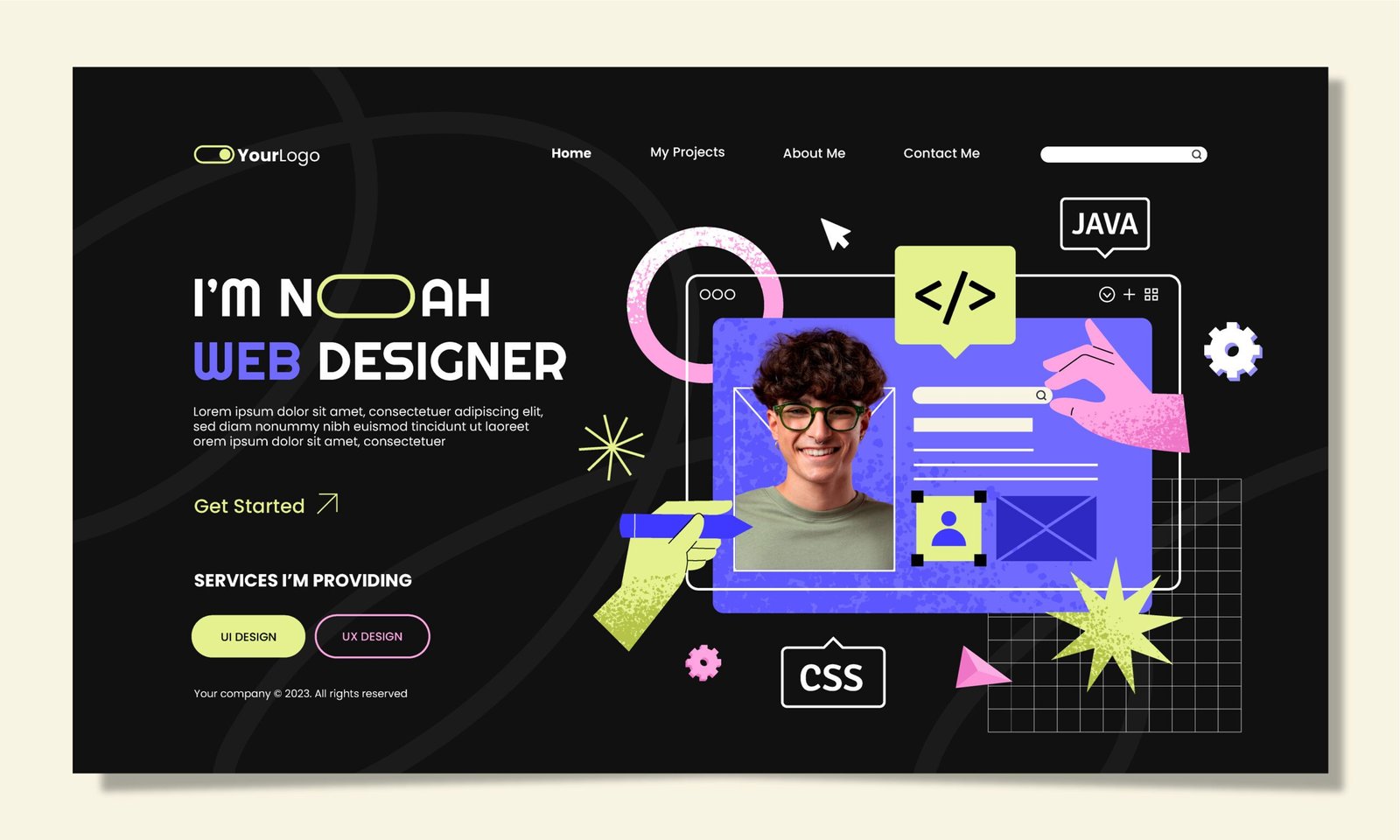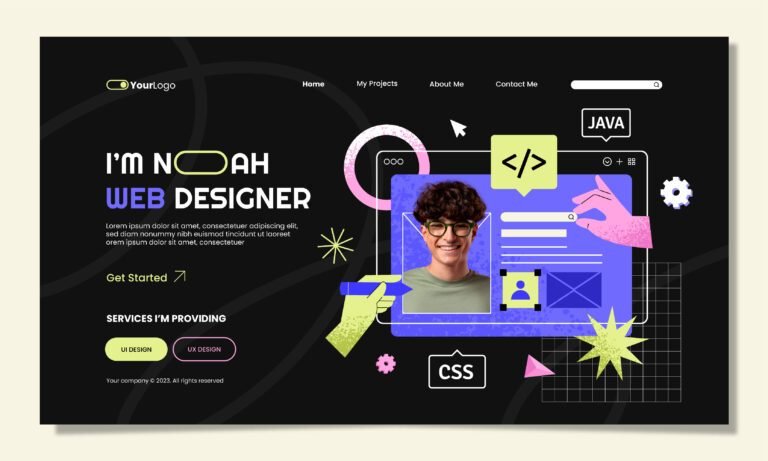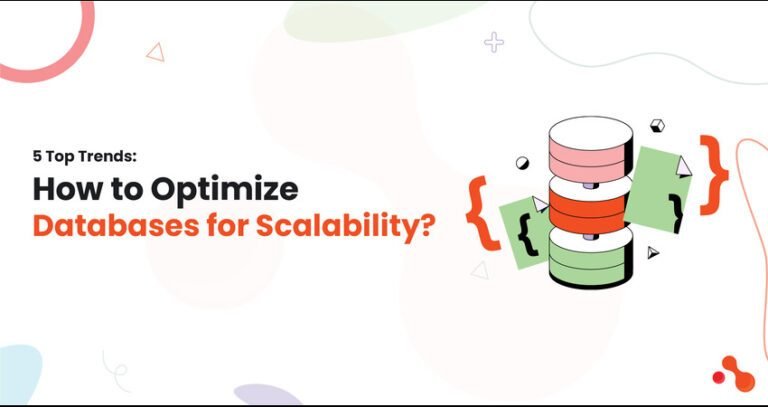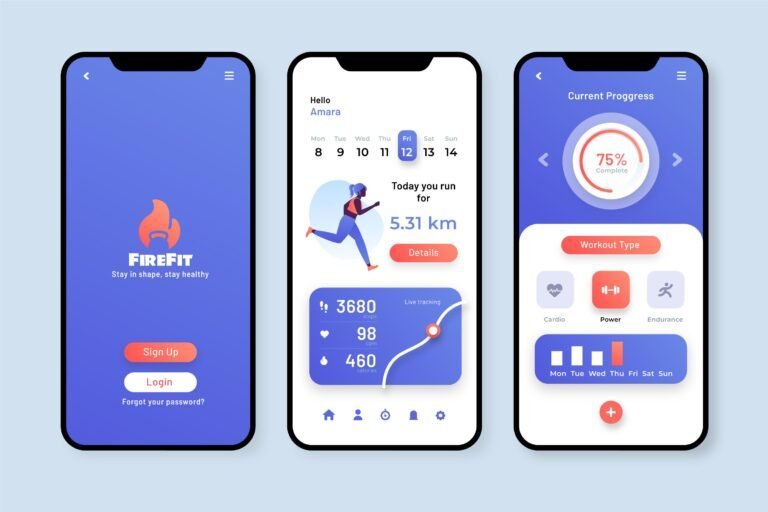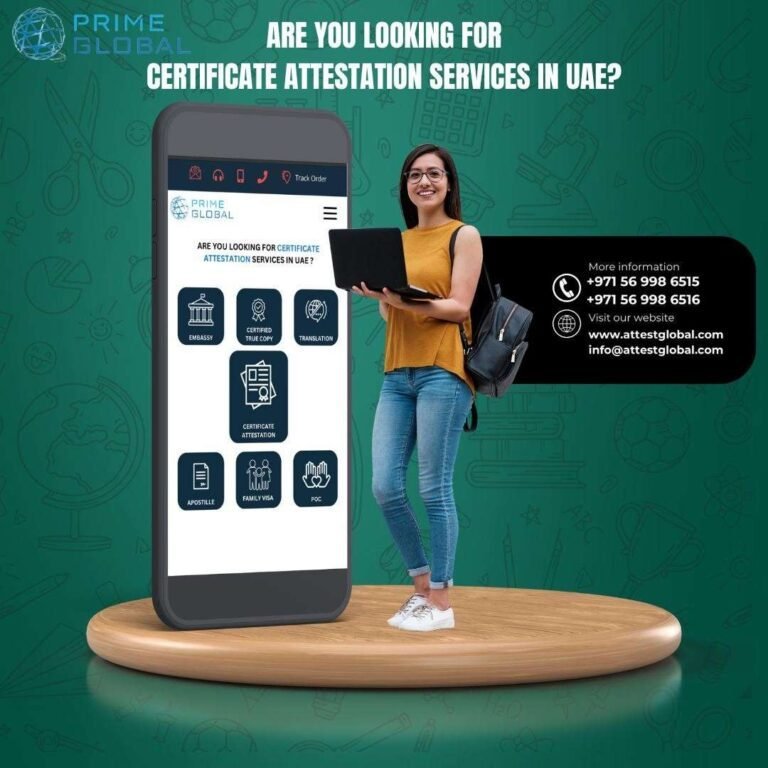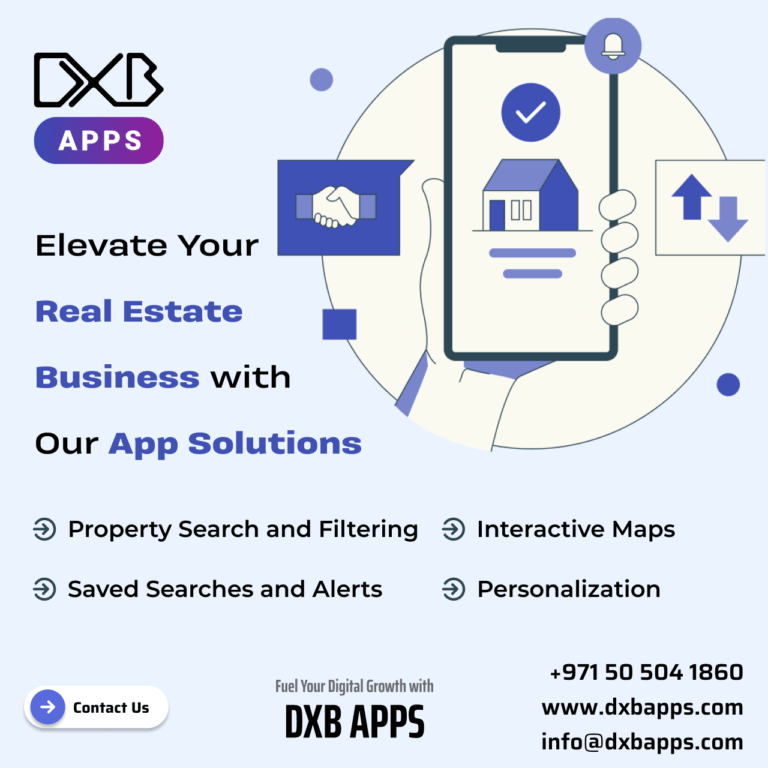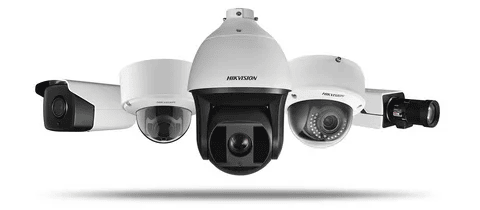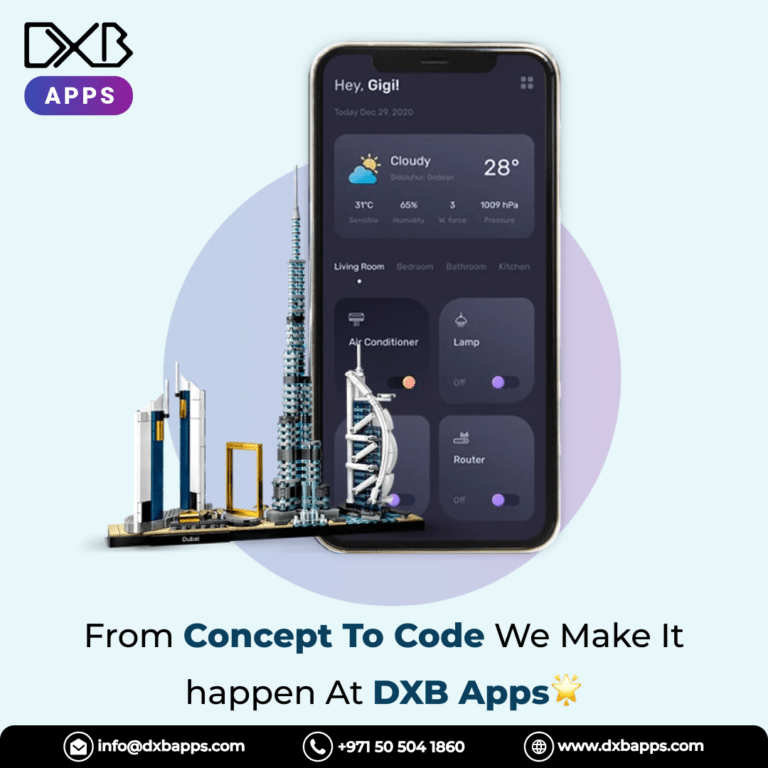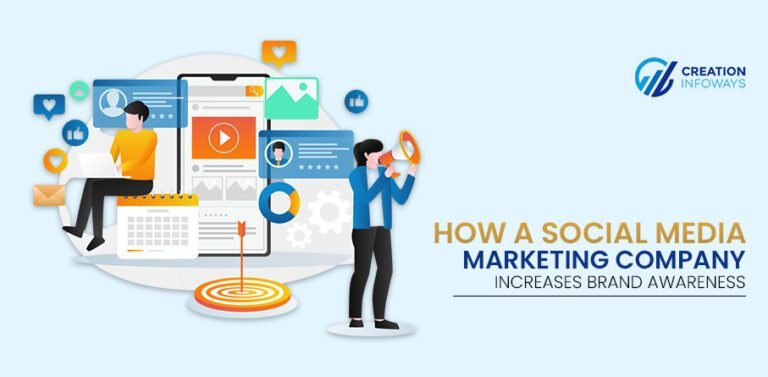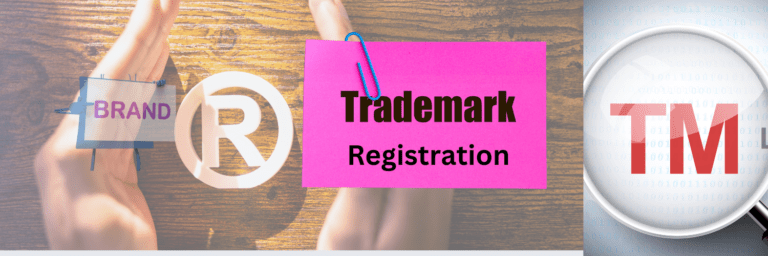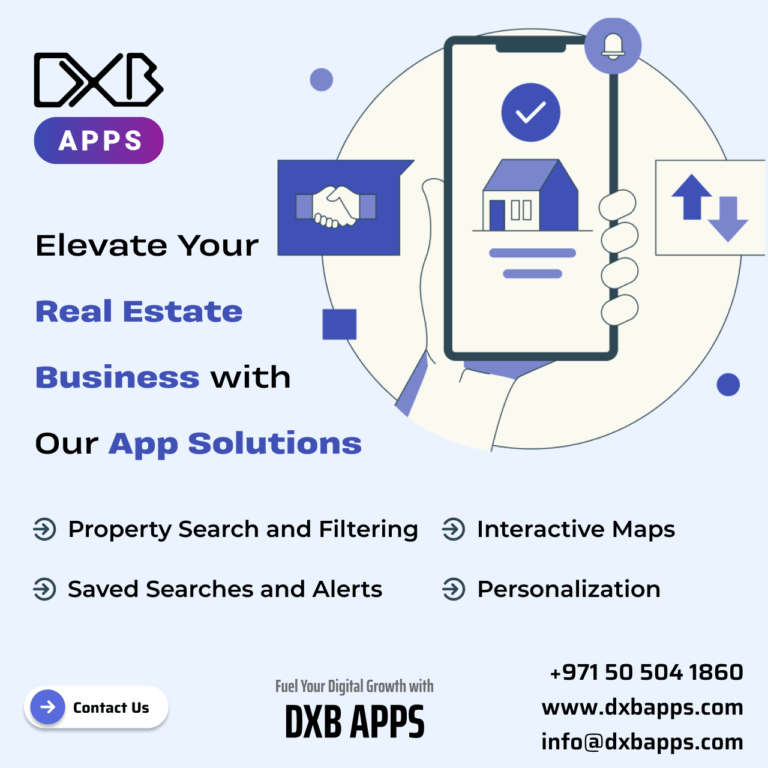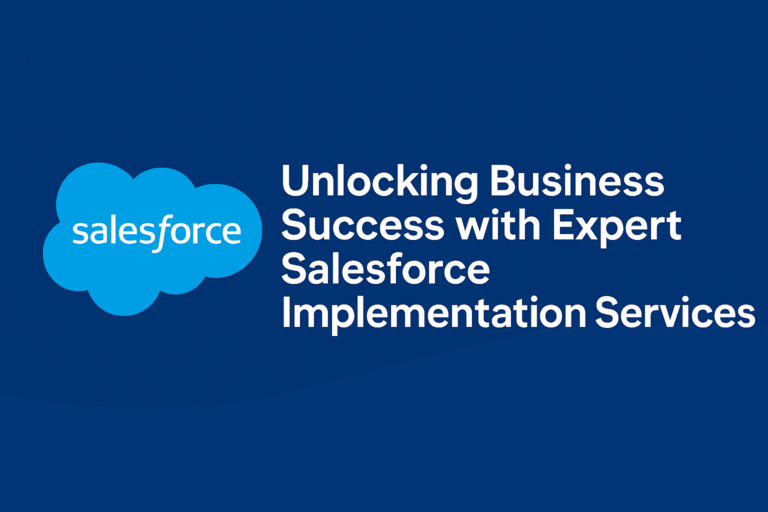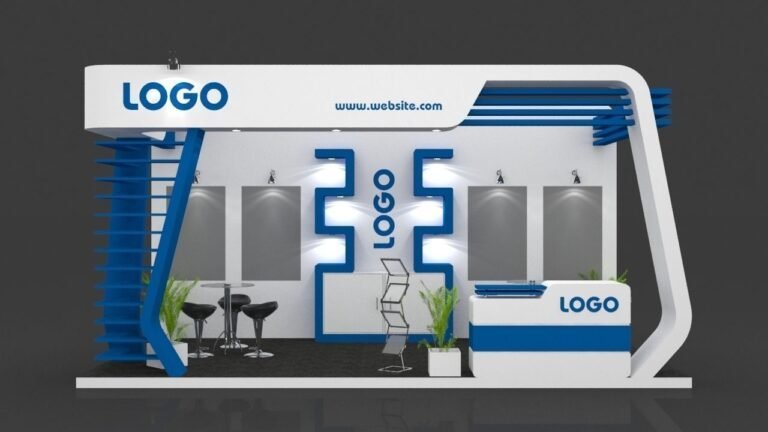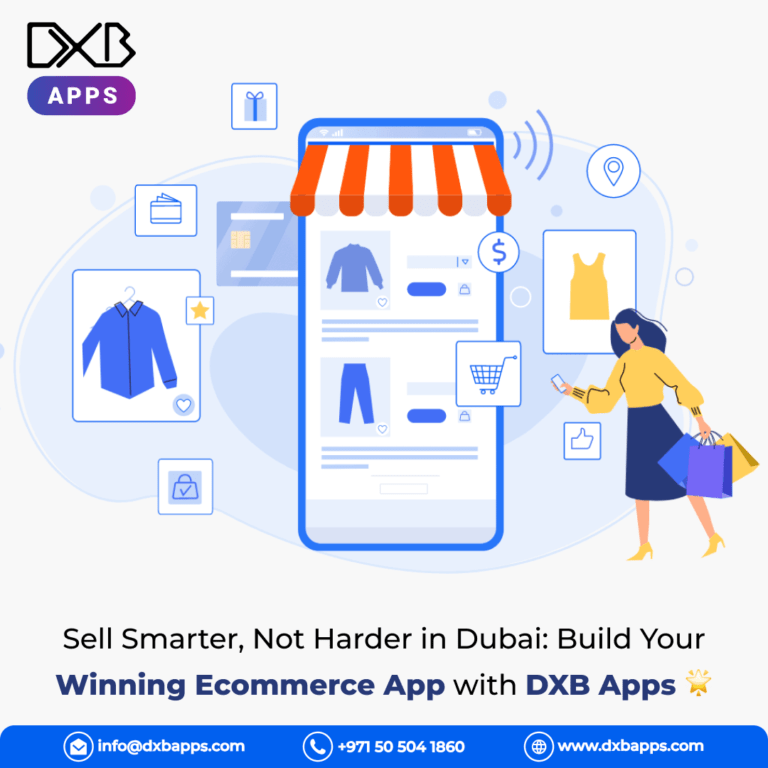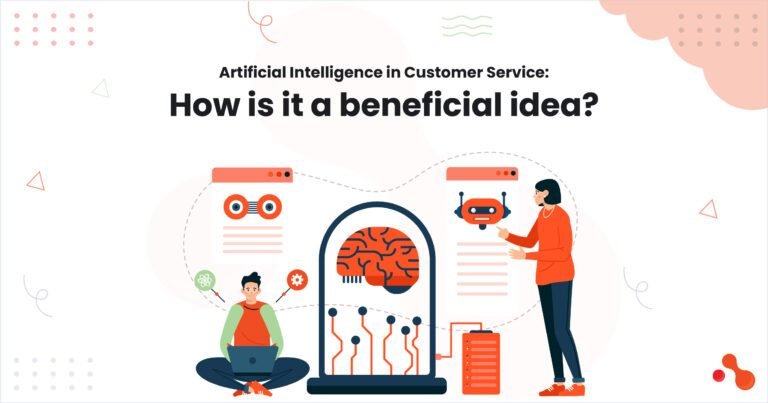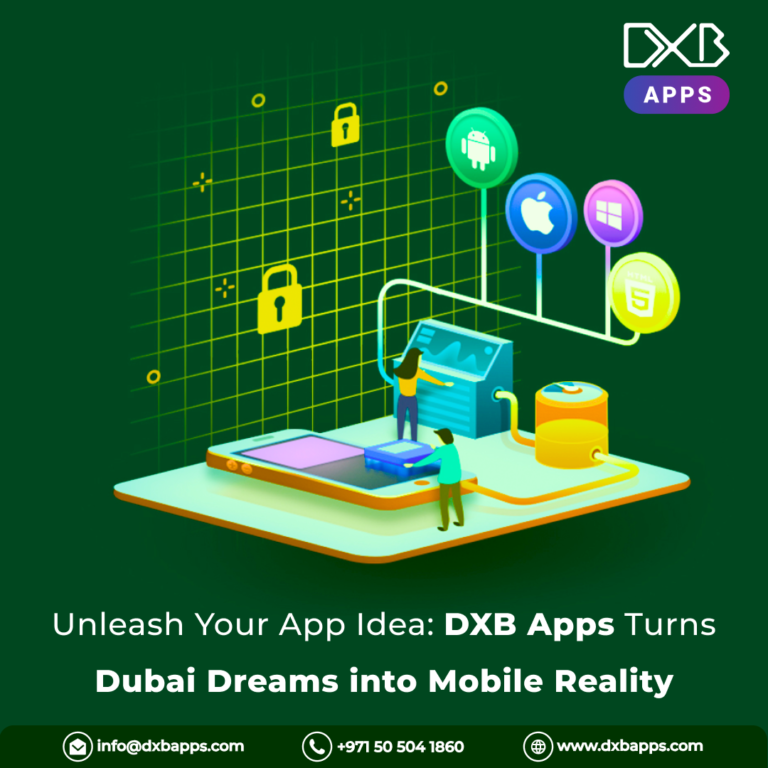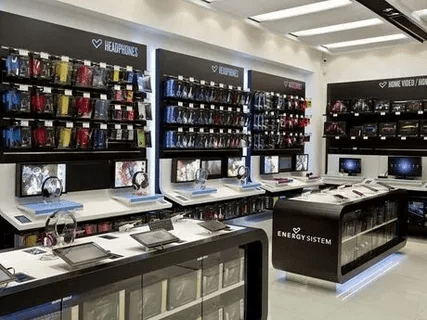In today’s hyper-connected world, businesses can no longer rely solely on products or pricing to stay ahead. Instead, customer engagement has emerged as the true differentiator. Brands that prioritize meaningful, consistent engagement are more likely to drive loyalty, increase lifetime value, and outperform the competition. Whether you’re a startup or an enterprise, investing in a smart, integrated customer engagement solution ensures your customers stay loyal and your brand stays ahead. In this blog, we’ll explore what customer engagement solutions are, why they matter, and how businesses can effectively implement them.
What Are Customer Engagement Solutions?
Studies show that increasing customer retention by just 5% can boost profits by 25% to 95% (Source: Harvard Business Review). Customer engagement solutions are a combination of tools, platforms, and strategies designed to help businesses interact with their customers across different touchpoints. These solutions aim to foster personalized, real-time, and value-driven communication, ensuring that customers feel heard, valued, and connected to the brand.
These solutions may include:
CRM systems
Omnichannel communication platforms
AI chatbots and virtual assistants
Customer feedback and survey tools
Marketing automation systems
Loyalty and rewards programs
Customer success platforms
Why Is Customer Engagement So Important?
1. Boosts Customer Retention
Engaged customers are more likely to return, refer others, and stick with your brand. Studies show that increasing customer retention by just 5% can boost profits by 25% to 95%.
2. Enhances Customer Experience (CX)
By offering personalized interactions and timely support, businesses can significantly improve the overall customer experience, leading to positive brand sentiment.
3. Improves Sales Conversions
Engagement at the right time—through personalized emails, AI recommendations, or in-app messaging—can convert potential leads into paying customers more effectively.
4. Strengthens Brand Loyalty
Customers who feel connected to a brand are more likely to become advocates, promoting your products through word-of-mouth and online reviews.
Key Features to Look for in a Customer Engagement Platform
To make the most of a customer engagement solution, businesses should consider platforms that offer the following features:
Omnichannel Support
Engage with customers across multiple platforms—email, SMS, social media, live chat, and more—for a seamless experience.
AI and Automation
Automate repetitive tasks, personalize customer interactions, and predict behavior using AI-driven tools.
Real-time Analytics
Measure engagement performance, identify drop-off points, and make data-driven decisions using real-time dashboards and insights.
Customer Segmentation
Segment audiences based on demographics, behavior, purchase history, and preferences to deliver targeted messaging.
Integration with CRM and Martech Stack
Ensure your engagement solution integrates with your existing tools—CRM, email marketing, help desk, etc.—for a unified customer view.
Top Customer Engagement Solutions in 2025
Here are some of the most widely used and powerful platforms businesses are adopting today:
1. Salesforce Customer 360
A robust CRM that provides a unified view of customers, enabling personalized engagement across sales, service, marketing, and commerce.
2. HubSpot CRM and Marketing Hub
Ideal for growing businesses, HubSpot offers automation, email marketing, lead scoring, and real-time customer tracking.
3. Zendesk
Great for customer support and engagement through live chat, help desk, and knowledge base tools—all centralized for better experience management.
4. Intercom
A modern customer communication platform that uses AI-powered chatbots, targeted messaging, and conversational support tools.
5. Freshdesk by Freshworks
An intuitive helpdesk system with automation, omnichannel capabilities, and strong integration features.
How to Implement a Customer Engagement Strategy
1. Understand Your Customer Journey
Map out every stage of your customer journey—from awareness to post-purchase—and identify key engagement opportunities.
2. Define Clear Engagement Goals
Whether it’s increasing user activation, improving support satisfaction, or boosting NPS scores, set measurable objectives for engagement.
3. Use Data to Drive Personalization
Leverage behavioral and transactional data to deliver personalized content, offers, and messages.
4. Enable Self-Service
Empower customers with knowledge bases, FAQs, and community forums to reduce friction and boost satisfaction.
5. Solicit Feedback and Act On It
Regularly gather feedback through surveys or NPS tools and take tangible actions to improve experiences based on customer input.
Benefits of Investing in Customer Engagement Solutions
Improved Customer Satisfaction
Engaged customers receive faster responses, better recommendations, and more value from your business.Increased Revenue
Personalized engagement tactics such as upselling, cross-selling, and loyalty campaigns lead to higher average order value and repeat purchases.Enhanced Operational Efficiency
Automated responses, AI-powered chatbots, and integrated workflows streamline support and marketing operations.Better Customer Insights
Understand what your customers need, when they need it, and how they prefer to interact with your brand.
Final Thoughts
Customer engagement is no longer optional—it’s a business imperative. The right customer engagement solutions can help you nurture relationships, build trust, and drive business growth. Whether you’re a startup or an enterprise, investing in a smart, integrated engagement strategy ensures your customers stay loyal and your brand stays ahead.



